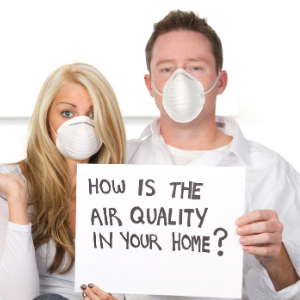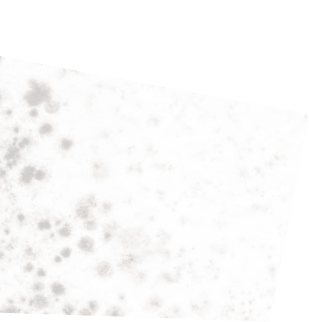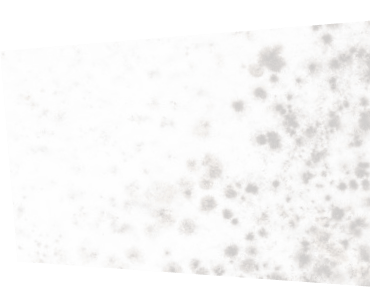 Most of us, living in the city of Toronto, first think of fossil fuel combustion and industrial pollution as the leading causes of low air quality, but they are only a part of the problem. Even if the outdoor air is clean and fresh, you need to do an indoor air quality test to ensure your home air quality is equally good. Indoor environments have their own sources of air pollution. That is why it is crucial to have your home's air quality tested by a Toronto expert.
Most of us, living in the city of Toronto, first think of fossil fuel combustion and industrial pollution as the leading causes of low air quality, but they are only a part of the problem. Even if the outdoor air is clean and fresh, you need to do an indoor air quality test to ensure your home air quality is equally good. Indoor environments have their own sources of air pollution. That is why it is crucial to have your home's air quality tested by a Toronto expert.
Many indoor air pollutants are invisible and odourless, so they cannot be detected with a simple visual inspection. The best way to detect their presence is to get air quality testing. To understand why this is so important, let's learn more about the most common indoor air pollutants.
Asbestos
Asbestos is a naturally-occurring mineral that was widely used in construction for heat-resistant materials and insulation. It was commonly mixed with concrete to increase its heat resistance without adding much weight. After it was discovered that long-term exposure to asbestos microfibrils causes very serious diseases, its use in construction ceased. However, it is still widely found in older buildings, in materials like:
- Vinyl flooring tiles
- Ceiling tiles
- Roof shingles
- Cement
- Gaskets
- Coatings
Carbon monoxide
Carbon monoxide is an invisible, odourless gas that is highly toxic if present in high concentrations. Its primary sources in the home are fuel-burning appliances like:
- Gas heaters, stoves and dryers
- Wood stoves, furnaces, fireplaces
- Kerosene and gasoline-powered equipment
Other common sources of carbon monoxide include tobacco smoke and vehicle exhaust from nearby parking areas and roads.
Formaldehyde
Formaldehyde is a naturally-occurring organic compound with a powerful, pungent smell. It is most commonly used in the production of pressed wood products. Formaldehyde can be found in plywood, particleboards, insulation materials, glues, adhesives, coatings, and similar products.
Lead
This heavy metal is now a well-known pollutant, but it wasn't like that until a few decades ago. For this reason, lead is still widely present in older buildings in piping materials and paints.
Mold
Molds are microscopic fungi, common residents of moist and water-damaged areas. The high concentration of their spores in the indoor air and long-term exposure can cause allergic reactions and inflammation of the respiratory system.
Radon
Radon is a naturally-occurring gas, notoriously known as a carcinogen. It can end up in the home due to smoking tobacco or because the home is situated in the vicinity of a radon deposit. The gas can get through the cracks in the building material on its way up and get inside the home's lower levels.
Volatile organic compounds (VOCs)
VOCs include a variety of chemicals, which are emitted from many different home products. Disinfectants, cleaning products, cosmetics, paints, varnishes, various hobby materials, and many other products contain organic solvents that emit VOCs and reduce the home's air quality.
Each of these pollutants is harmful on its own. If joined together, they are a serious health hazard. The best way to make sure your home is safe is to arrange professional air quality testing. If you are looking for a certified, trustworthy inspector in Toronto, reach out to Inch by Inch Inspections. Call today and schedule your air quality testing.




